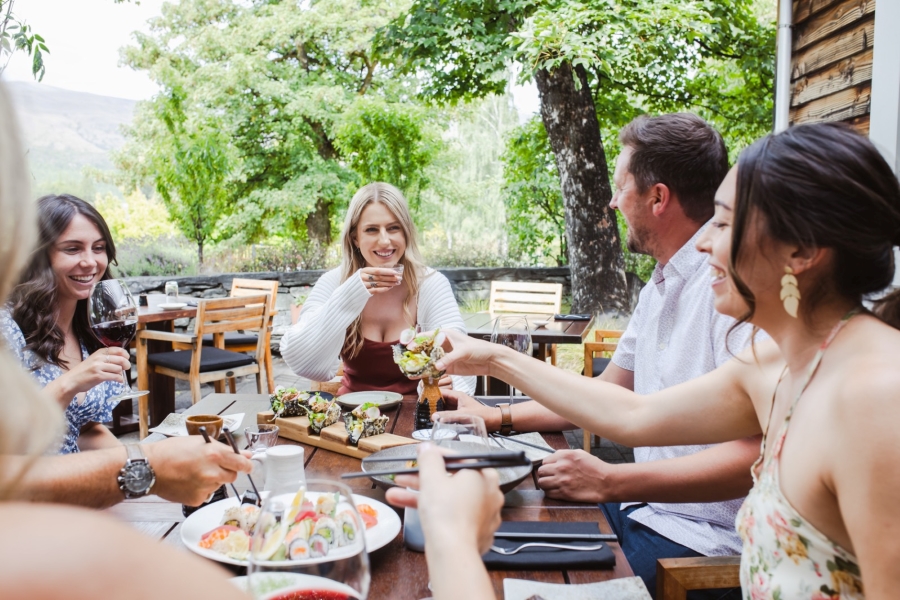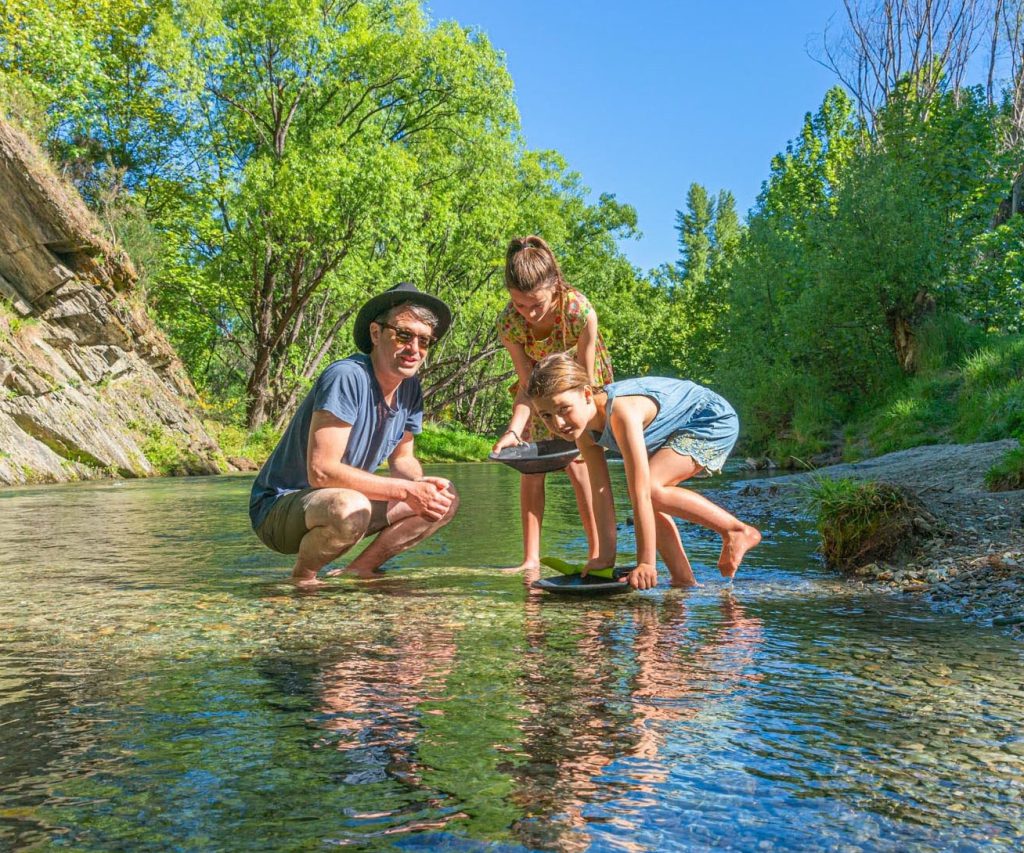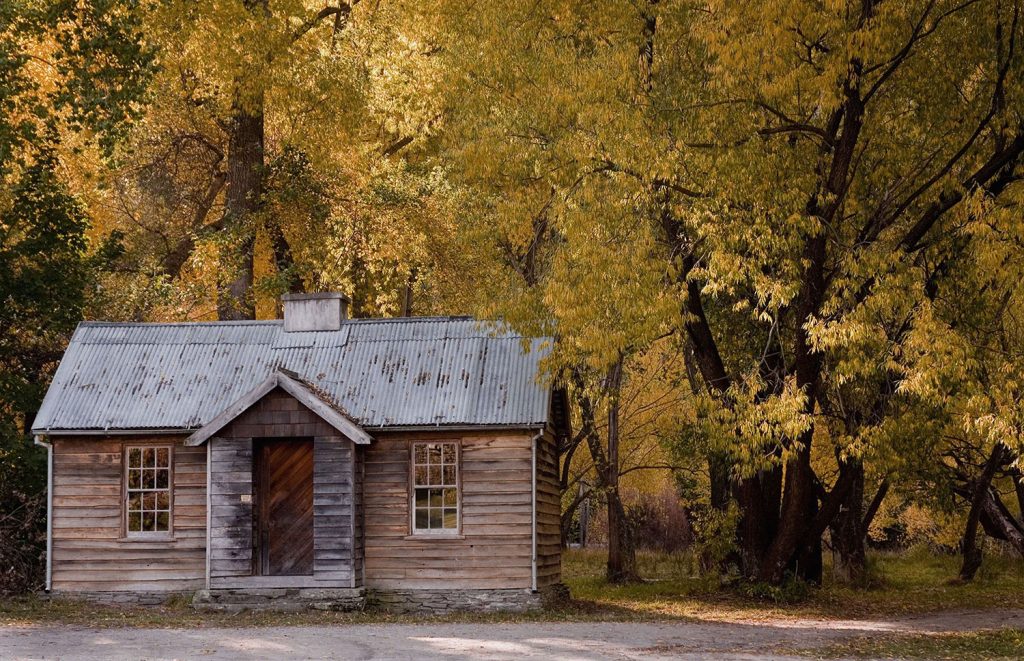Arrowtown abounds with stories of two very different yet significant gold-rush communities (both Chinese and European) and has been given the status of a Tohu Whenua. Tohu Whenua means a landmark that tells a part of our New Zealand story through a significant heritage site.
Tohu Whenua are landmarks where Aotearoa New Zealand’s history lives and our stories are retold. There are currently 24 locations recognised as Tohu Whenua around the country, from Maori pā sites, mission stations that witnessed many first meetings, to towns, farms and other settlements linked by groundbreaking railways and other early industry. All Tohu Whenua locations offer visitors the opportunity to explore, discover the past and understand New Zealand culture.
Before Arrowtown was established the area was known by tāngata whenua as Kā Muriwai, a name which references the three waterways, one of which is the Haehaenui – the Arrow River. The goldrush was borne when Jack Tewa, a Māori shearer showed his Pakeha mates a gold nugget that would dramatically change the landscape forever.
Visitors to Arrowtown still get a very real feel for that mid 19th century gold rush – through charming heritage buildings that have been lovingly restored as well as activities such as gold panning, themed festivals and meeting colourful locals. The cottages and buildings in historic Buckingham Street precinct represent the original core of economic activity within the town. Chinese gold miners also flocked to this area and in 1874 there were 3,564 Chinese living in Otago. The Chinese of Arrowtown were forced to live in huts along isolated gullies on the banks of Bush Creek at the edge of town. Many of the huts have been restored by the Department of Conservation, offering visitors the chance to step back into that ‘golden’ era and see up-close the toil and very modest living conditions of the ‘other half’.
Tohu Whenua acknowledges memories of the land, marking places made significant by our forebears and telling their stories. Arrowtown is one of two towns that have been named Tohu Whenua (the other one is Reefton on the West Coast). Other Tohu Whenua sites are individual buildings, heritage parks, historic sites, precincts or journeys such as the Otago Central Rail Trail. The good news is that some of these Tohu Whenua locations are very close to Arrowtown.
This includes Kawarau Suspension Bridge, made famous by A.J. Hackett’s bungy jumping, which you can also hike or cycle across anytime as part of the Gibbston River Trail. The bridge was built in 1880, winning an international engineering award for its daring design over a dramatic canyon. At the other end of Kawarau Gorge, Bannockburn Sluicings near Cromwell offer hiking and mountain biking opportunities amongst dramatic, manmade canyons formed by large-scale water blasting during the 19th century search for gold. The other nearby Tohu Whenua is Queenstown-based TSS Earnslaw, one of the world’s oldest and largest remaining coal-fired steamships that has graced Lake Wakatipu since 1912.
The Tohu Whenua programme is a joint programme by the Department of Conservation, Heritage New Zealand Pouhere Taonga, Manatū Taonga Ministry for Culture and Heritage, and the Ministry of Business, Innovation and Employment. For more information visit www.tohuwhenua.nz or follow @tohuwhenua on Facebook and Instagram.
Tohu Whenua are the places that have shaped Aotearoa New Zealand. Located in stunning landscapes and rich with stories, they offer some of our best heritage experiences. View more about Arrowtown’s history on Our History page.
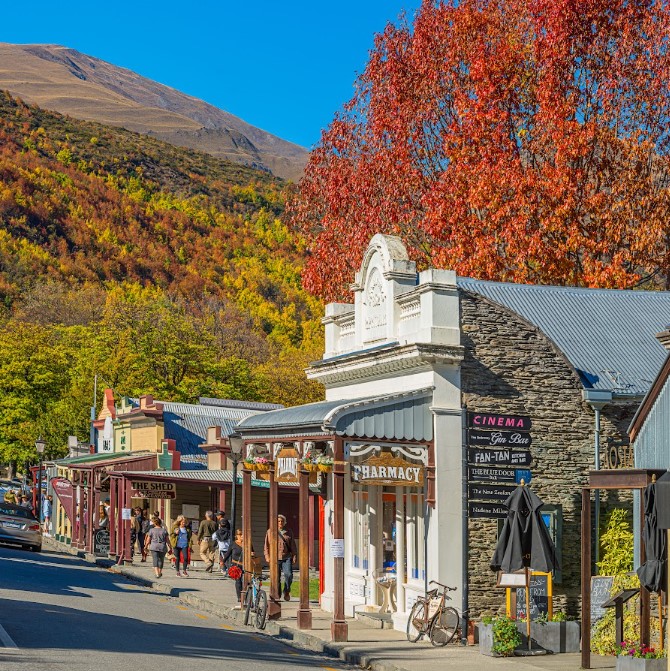
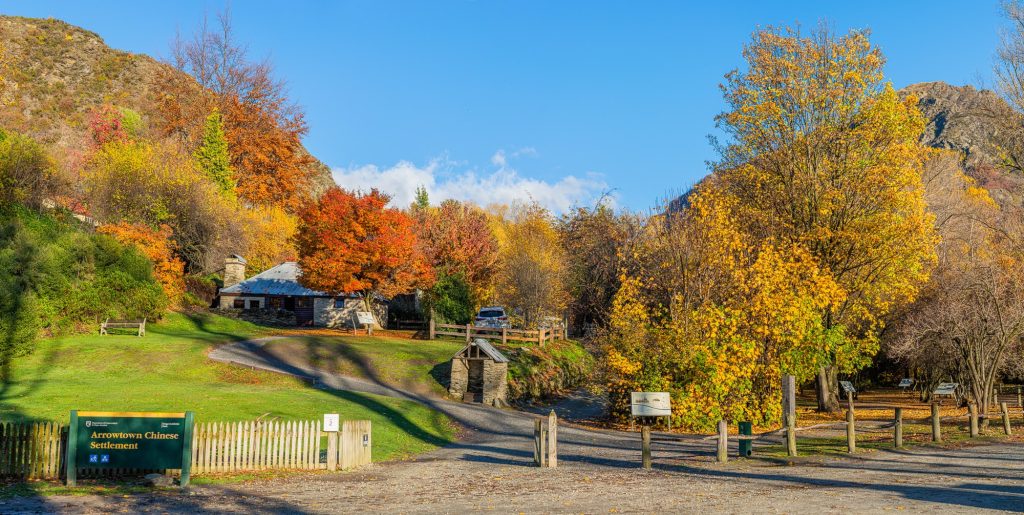
Author: APBA

